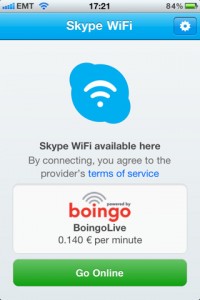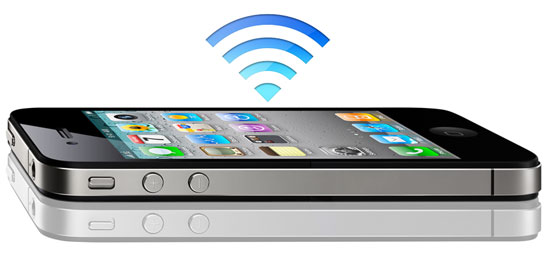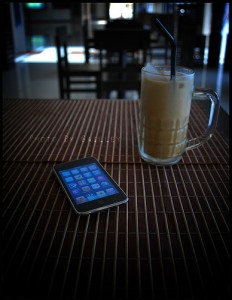We all love using wi-fi. Around our home on our personal network, in the coffeeshop on their wireless network, in an airport or even community provided networks–it is convenient and with many devices it is the primary method to connect to the internet. Here are a few things to keep in mind when logging on. The first question you should ask is “Do I have permission to use this network?” Many users don’t realize that if they connect to a wi-fi signal without explicit consent that they may be breaking the law. Most states have laws dealing with “unauthorized access to a network”, here is a list of those state laws at the National Conference of State Legislatures. An unsecured network alone cannot be considered permission but people do disagree if the network is labelled “free for all internet” or something similar. But even if network access is allowable to an unknown network provider, should you? Some networks are left open as ‘honeypots’, hoping to entice wi-fi users to log on so that the network host can monitor all of your activity online including passwords and personal information. This McClatchy News article discusses this possibility.
Feeling generous with your network? Unfortunately, almost all service agreements with broadband providers prohibit sharing your signal with others. People have also gotten into trouble with the activities of others on their networks. Imagine that your ‘he seemed like such a nice guy’ living a few houses down decided to download movies via your network. Do you want to deal with the hassle of defending yourself against a lawsuit from the movie studio?
So how can we connect safely and legally? Lifehacker has an excellent guide “How to Stay Safe on Public Wi-Fi”. It may seem to be overly-cautious, but you need to remember how much personal information is exposed when you surf the web. 
 You ever come across an airport or hotel Wifi hotspot but absolutely refuse to agree to the “they want me to pay what” daily access rates? I’m pretty sure we all have. But there may be times when you just can’t afford not to sign up and pay for access for just a couple of minutes, especially if it means missing an important conference call. Sure, you could just use your phone’s wireless minutes but oh, wait, you’re roaming.
You ever come across an airport or hotel Wifi hotspot but absolutely refuse to agree to the “they want me to pay what” daily access rates? I’m pretty sure we all have. But there may be times when you just can’t afford not to sign up and pay for access for just a couple of minutes, especially if it means missing an important conference call. Sure, you could just use your phone’s wireless minutes but oh, wait, you’re roaming.
